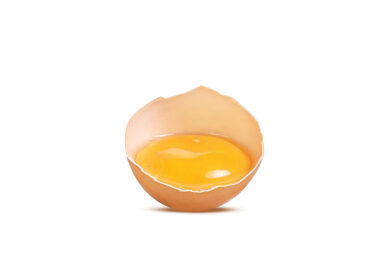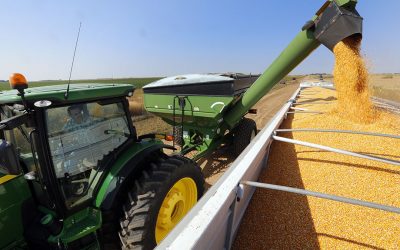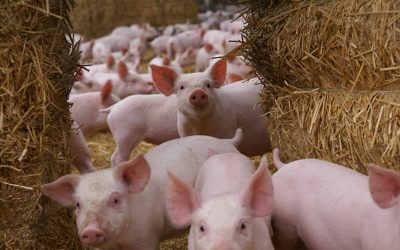Bt-corn beneficial to farmers, study says
A group of agricultural scientists reported in the journal Science that corn that has been genetically engineered to produce insect-killing proteins isolated from the soil bacterium Bacillus thuringiensis (Bt) provides significant economic benefits even to neighbouring farmers who grow non-transgenic varieties of corn.
"Modern agricultural science is playing a critical role in addressing many of the toughest issues facing American agriculture today, including pest management and productivity," said Agriculture Secretary Tom Vilsack.
"This study provides important information about the benefits of biotechnology by directly examining how area-wide suppression of corn borers using Bt corn can improve yield and grain quality even of non-Bt varieties."
$7 billion benefit
The researchers estimate that farmers in Iowa, Illinois, Minnesota, Nebraska and Wisconsin received cumulative economic benefits of nearly $7 billion between 1996-2009, with benefits of more than $4 billion for non-Bt corn farmers alone.
The scientists estimated that in Minnesota, Illinois and Wisconsin, borer populations in adjacent non-Bt fields declined by 28 to 73%, with similar reductions recorded in Iowa and Nebraska.
Borer suppression
The researchers attribute the collateral benefits enjoyed by non-Bt farmers to area-wide suppression of corn borers stemming from long-term plantings of Bt-protected crops.
Potato, green bean and other host crops also stand to benefit from area-wide reductions of corn borers, the researchers note.
Refuge crops
The team’s Science report also highlights the importance of the use of refuge crops—the planting of non-Bt crops adjacent to fields of Bt crops, providing a refuge to which the pests can retreat—and other strategies to slow the corn borer’s ability to develop resistance to Bt and thus maintain the insecticidal proteins’ long-term effectiveness.
The Bt proteins provide the plant with a built-in defence against attacks by the larvae of European corn borers and other insect pests. Larvae that ingest the protein soon stop feeding and die, typically within 48 hours.
In addition to reducing the use of insecticides that also can endanger beneficial insects, the Bt defence strategy helps prevent harmful moulds from gaining entry to the plants via wound sites from borer feeding. Some of these moulds, like Fusarium, produce mycotoxins that can diminish the value and safety of the crop’s kernels.
Two third is Bt-crop
Bt corn debuted in 1996, and by 2009 was planted on nearly 55 million acres in the United States, accounting for nearly 63% of the total US corn crop of 87 million acres.
But no research groups had previously investigated the long-term impact of such plantings on corn borer populations on a regional scale, nor had there been any assessment of whether the use of the crop provided any sort of collateral benefit to adjacent or nearby fields of non-Bt crops.
Join 26,000+ subscribers
Subscribe to our newsletter to stay updated about all the need-to-know content in the feed sector, three times a week. Beheer
Beheer









 WP Admin
WP Admin  Bewerk bericht
Bewerk bericht